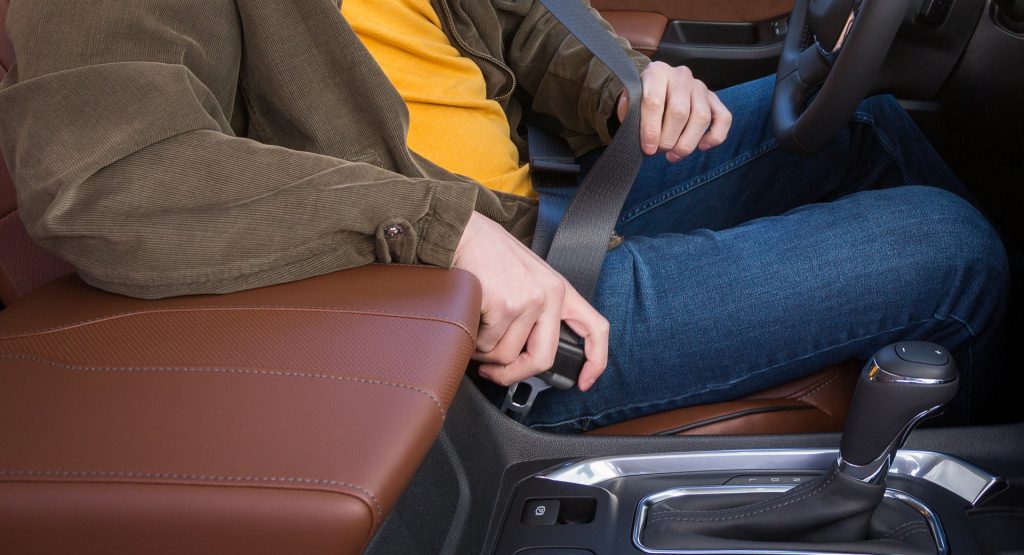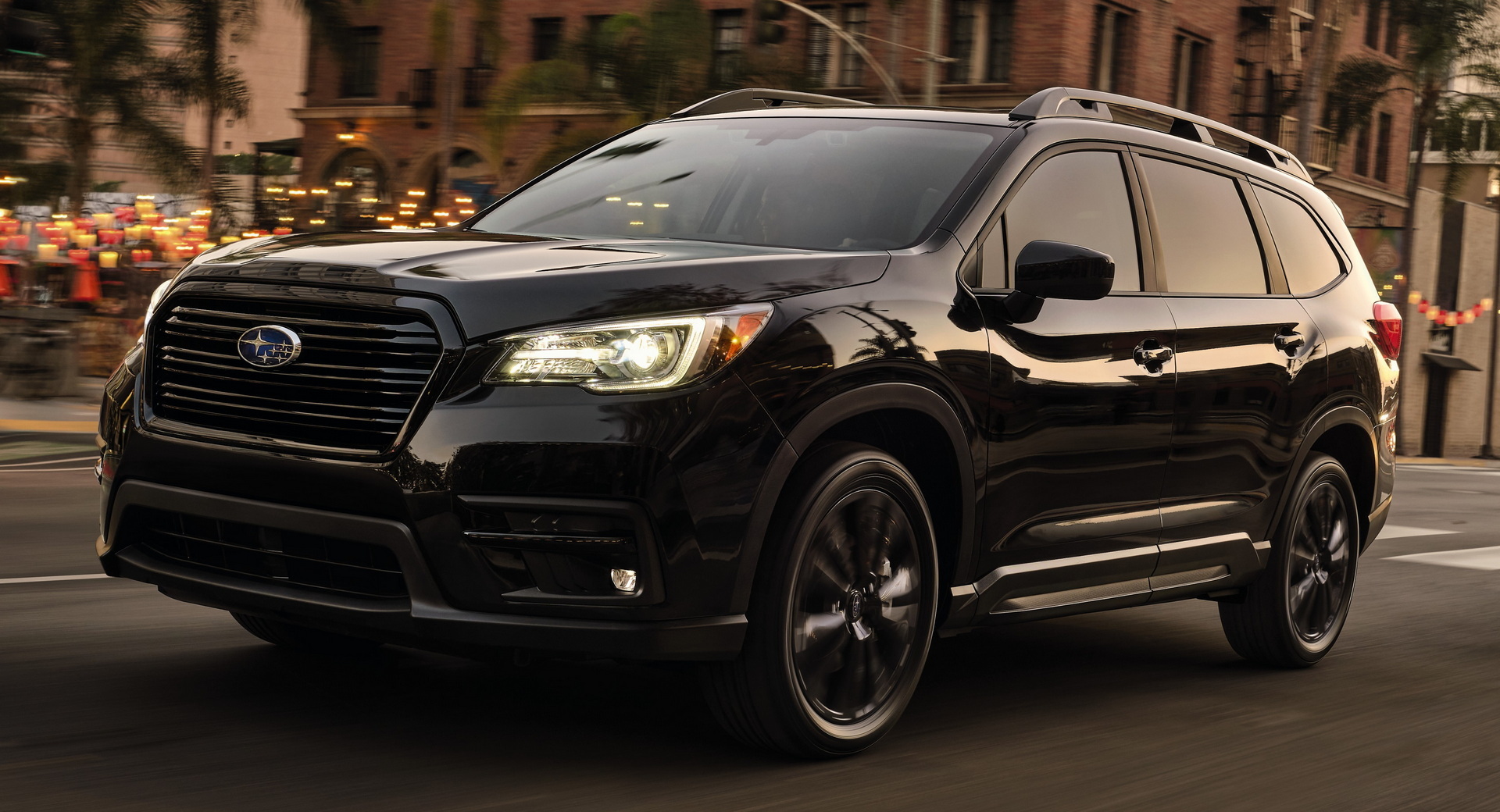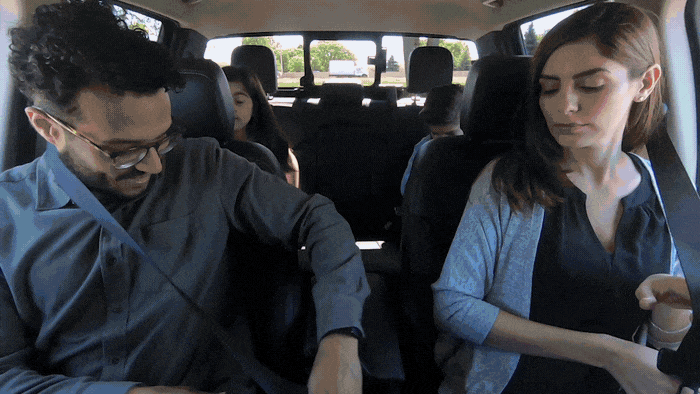In the Insurance Institute For Highway Safety’s (IIHS) newest safety test, tracking the efficacy of seat belt reminders, only two out of the 26 small and midsize SUVs in the evaluation managed to earn a “Good” rating.
The vehicles were the Subaru Ascent and Forester, and they were followed by just five more vehicles that earned the safety evaluator’s “Acceptable” rating. Another seven earned “Marginal” ratings and 12 earned “Poor” ratings in the test.
Designed to determine how many vehicles go above and beyond regulatory requirements, the IIHS test aims to encourage automakers to create reminders that actually get vehicle occupants to put their seat belts on. Something IIHS research suggests is possible.
Read Also: There Might Be Safety Features On Your Car That You Don’t Even Know About
According to 50 people who had recently received seat belt violations and spoke to the IIHS, a persistent reminder is much more effective at getting them to buckle up than a short, quiet reminder. Indeed, the institute finds that better alerts could equate to a 34 percent increase in seat belt use among those who don’t routinely buckle up. According to its estimates, that could save as many as 1,500 lives per year.
“Most Americans use their seat belts, especially in the front seat. But the small number who don’t translates into a lot of fatalities,” said IIHS President David Harkey. “Almost half of the drivers and front-seat passengers killed in crashes in 2019 weren’t belted.”
The gold standard, according to the IIHS, is an alert that’s impossible to ignore. Subaru, with its two SUVs, gets close to that. The chime sounds very loudly and is joined by a red seat belt icon in the instrument panel. Another light indicates whether or not the second-row seat belts are fastened and the tone does not stop until the driver is buckled in.
In the Honda HR-V, which earned a “Poor” rating, the chime sounds so quietly that the IIHS reports it’s barely audible over the ambient cabin noise. It also lasts just five seconds before pausing for 25 seconds and then chiming for another five seconds. A red icon does illuminate but no information about the rear seats is available.
In order to earn a “Good” rating, a vehicle’s warning chime has to be loud enough to hear over the cabin and it must last 90 seconds if a front-row seat is unbuckled or 30 seconds for the back seat. Any vehicle without a warning light for the second row is immediately disqualified from a “Good” rating.
Fortunately for the vehicles that fared poorly on this test, some simple software adjustments could likely elevate them from a “Poor” rating to an “Acceptable” rating, the IIHS suggests, and the benefits would be meaningful.
“Our research shows that effective seat belt reminders can also save lives by getting those who aren’t diligent about belt use to buckle up,” said Harkey. “These new ratings are designed to push manufacturers to realize that potential.”






